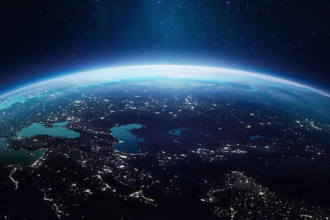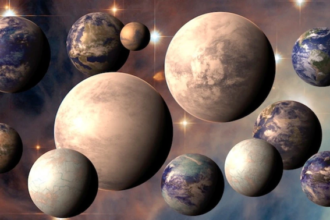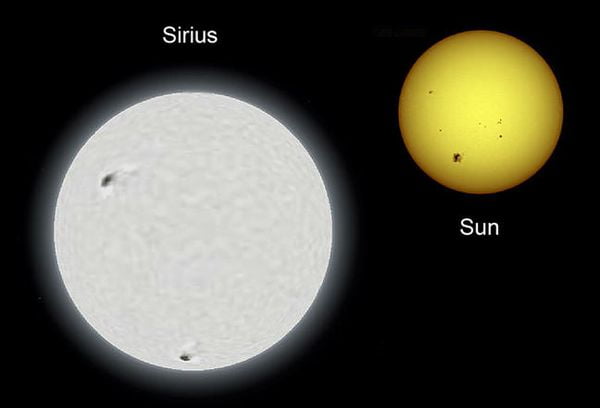A black hole is an area of space where the gravity field is so strong that nothing, not even light, can escape its gravitational attraction after it has passed over the event horizon. Gravity is very intense because stuff has been compressed into a small space. It can happen when a star comes to the end of the life cycle. As black holes remain a mysterious phenomenon for humans, we are sure that this topic will capture your attention. So, we are introducing the top 10 largest black holes in the Universe.
- 1. TON 618 – 6.6×10,000,000,000 of Solar Mass
- 2. S5 0014+81 – 4×10,000,000,000 of Solar Mass
- 3. SDSS J102325.31+514251.0 – (3.31±0.61) ×10,000,000,000 of Solar Mass
- 4. H1821+643 – 3×10,000,000,000 of Solar Mass
- 5. NGC 6166 – 3×10,000,000,000 of Solar Mass
- 6. APM 08279+5255 – 2.3×10,000,000,000 of Solar Mass
- 7. NGC 4889 – (2.1±1.6) ×10,000,000,000 of Solar Mass
- 8. SDSS J074521.78+734336.1 – (1.95±0.05) ×10,000,000,000 of Solar Mass
- 9. OJ 287 – 1.8×10,000,000,000 of Solar Mass
- 10. NGC 1600 – (1.7±0.15) ×10,000,000,000 of Solar Mass
According to NASA, Black holes can be big or small. Scientists believe that the tiniest black holes might be as tiny as a single atom in size. These black holes are very miniature but have an enormous mountain mass. The mass of an item is the quantity of substance, or “stuff,” contained inside it.
“Stellar” black holes are different kinds of black holes. An object of this size may have a mass 20 times greater than the Sun. Humans are unable to view black holes since no light can escape them, and they are hence invisible. So, this list could have issues with measurement accuracy. More importantly, the mass estimates are based on different kinds of evaluation methods, which are all affected by their own individual systematics.
But before passing on the article, let’s discover together “What is a quasar?”. A quasar is a bright, active galactic nucleus (AGN) driven by a supermassive black hole with a mass of millions to tens of billions of solar masses and surrounded by a gaseous accretion disc. It has been proposed that most big galaxies have a supermassive core black hole with a mass varying from millions or even billions of times that of our Sun.
1. TON 618 – 6.6×10,000,000,000 of Solar Mass
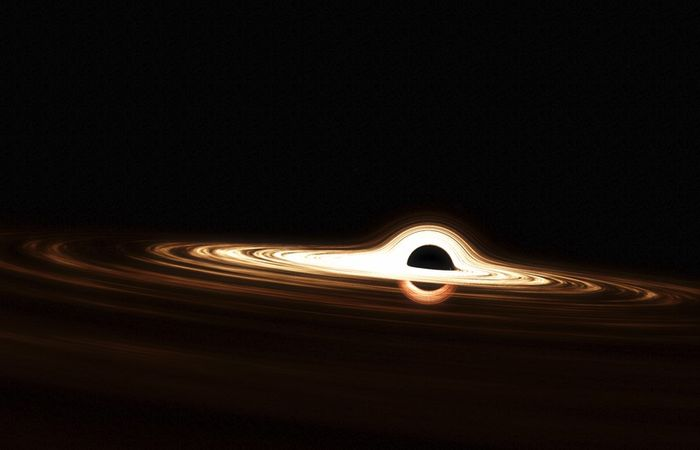
TON 618 is a very distant and luminous quasar located near the North Galactic Pole in Canes Venatici’s constellation. It is home to one of the gigantic black holes known to science, perhaps weighing 66 billion times the mass of the Sun.
2. S5 0014+81 – 4×10,000,000,000 of Solar Mass
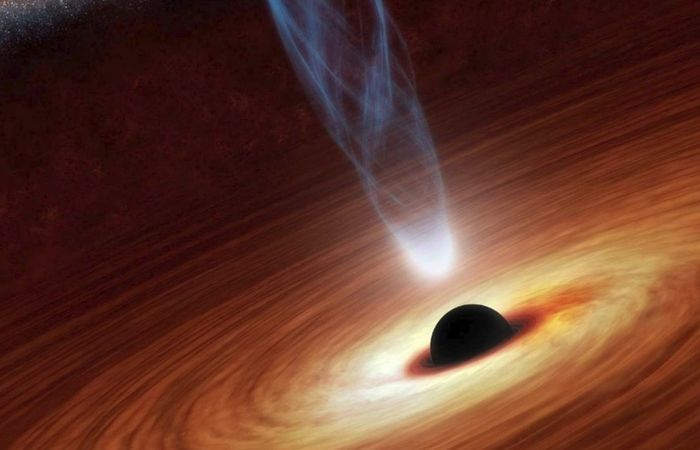
S5 0014+81 is one of the top 10 largest black holes in the Universe. This quasar has many characteristics: it is far away, compact, hyperluminous, and has a broad absorption line. It is situated in the constellation Cepheus, near the North Equatorial Pole, in the area of high declination.
3. SDSS J102325.31+514251.0 – (3.31±0.61) ×10,000,000,000 of Solar Mass

SDSS J102325.31+514251.0 Central Black Hole is one of the most massive black holes, and it is ferocious like most black-eyed holes. It is one of the few black holes with other black hole friends, which is extremely rare.
4. H1821+643 – 3×10,000,000,000 of Solar Mass
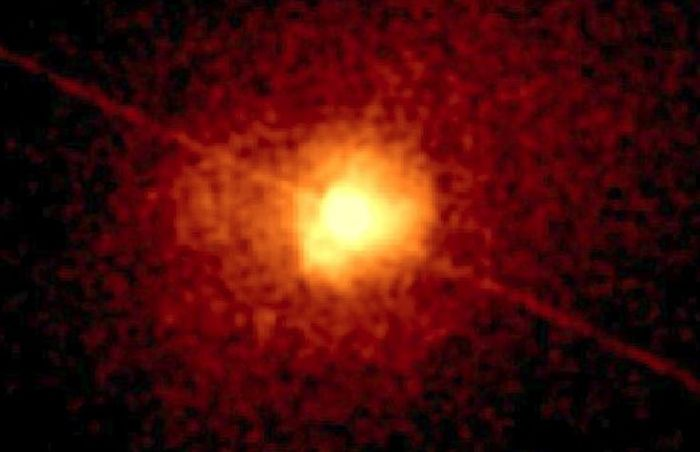
Astronomers in 2014 identified H1821+643 as the most massive black hole with an accurately measured mass, at 30 billion solar masses. In terms of black hole size, it is ranked as one of the 10 largest black holes in the Universe.
5. NGC 6166 – 3×10,000,000,000 of Solar Mass
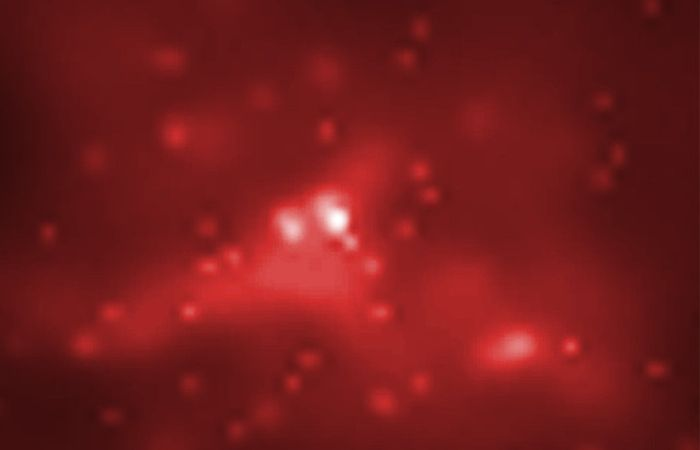
NGC 6166 Central Black Hole is a giant supermassive black hole. It has 30 billion solar masses, becoming a large and powerful black hole.
6. APM 08279+5255 – 2.3×10,000,000,000 of Solar Mass
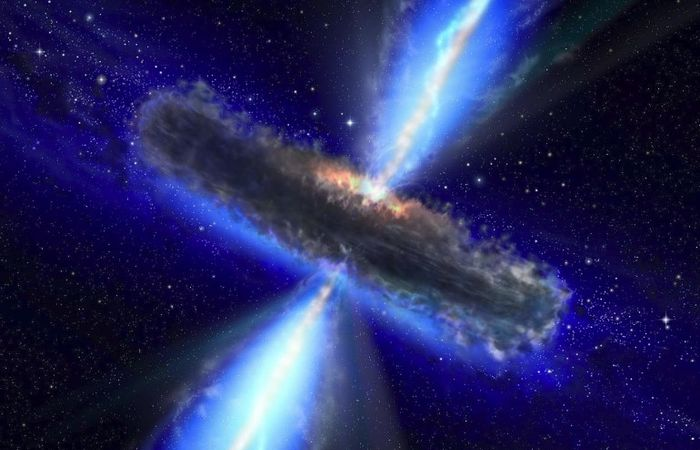
APM 08279+5255 is a very distant, broad absorption line quasar located in the constellation Lynx.
7. NGC 4889 – (2.1±1.6) ×10,000,000,000 of Solar Mass
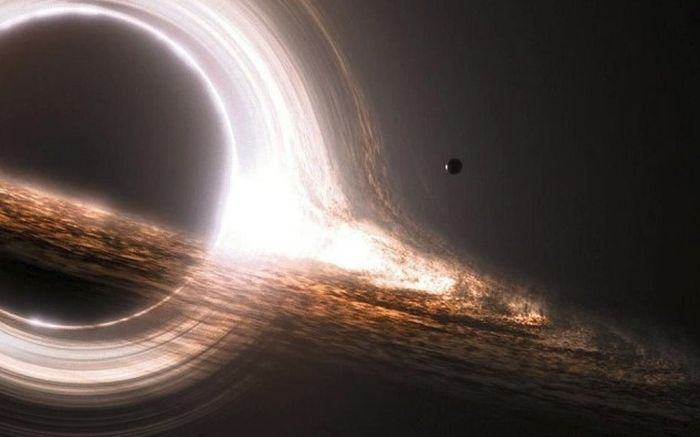
NGC 4889 is home to a black hole 21 billion times the mass of the Sun.
8. SDSS J074521.78+734336.1 – (1.95±0.05) ×10,000,000,000 of Solar Mass
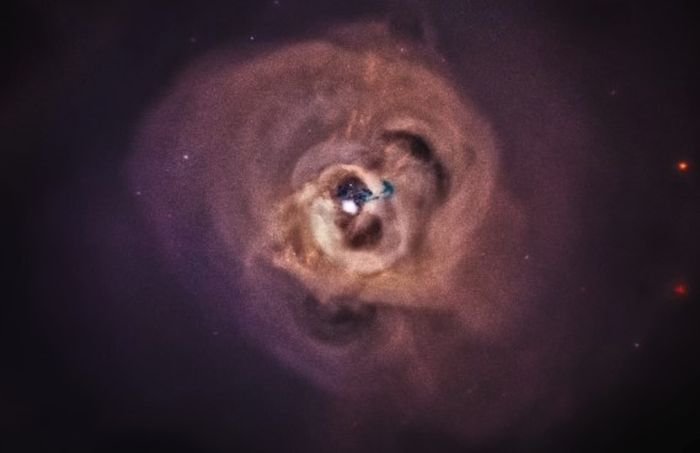
SDSS J074521.78+734336.1 is a typical stereotype of a black hole that does not care about anyone and eats everything.
9. OJ 287 – 1.8×10,000,000,000 of Solar Mass
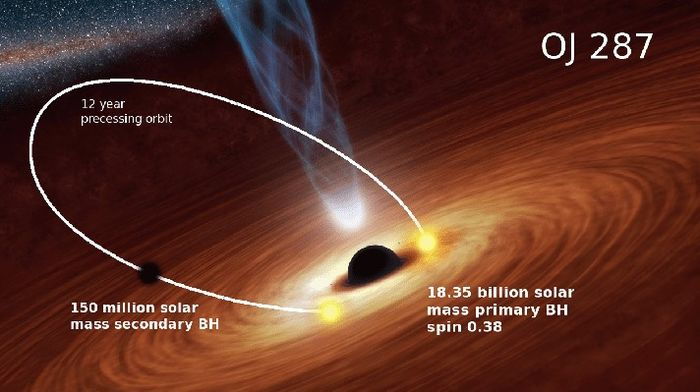
OJ 287 is a BL Lac object located 3.5 billion light-years away. It has been generating quasi-periodic optical outbursts for about 120 years, as initially seen on photographic plates dating from 1891.
10. NGC 1600 – (1.7±0.15) ×10,000,000,000 of Solar Mass
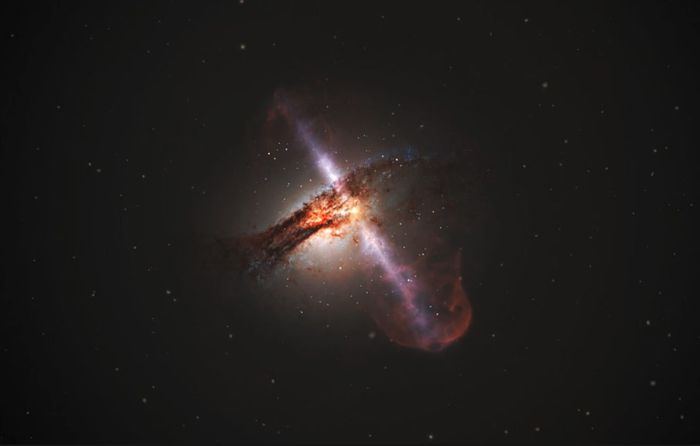
NGC 1600 is a supermassive black hole located in a tiny galaxy. It is 17 billion times the size of our Sun.
So, if you like our article on the top 10 largest black holes, feel free to leave a reply and share this topic with your friends via social media.





